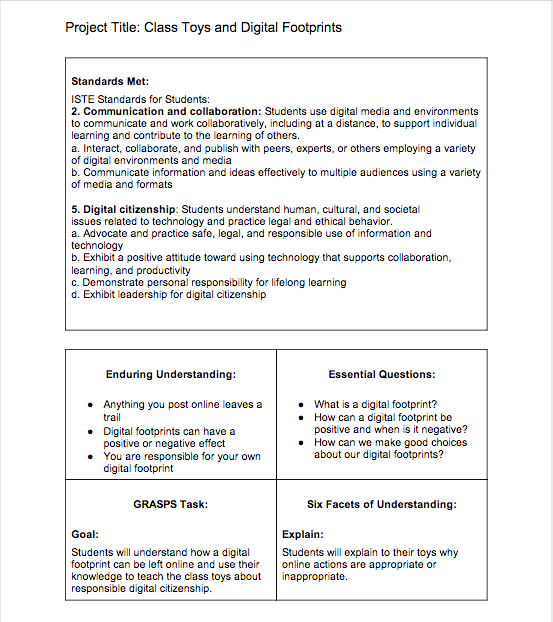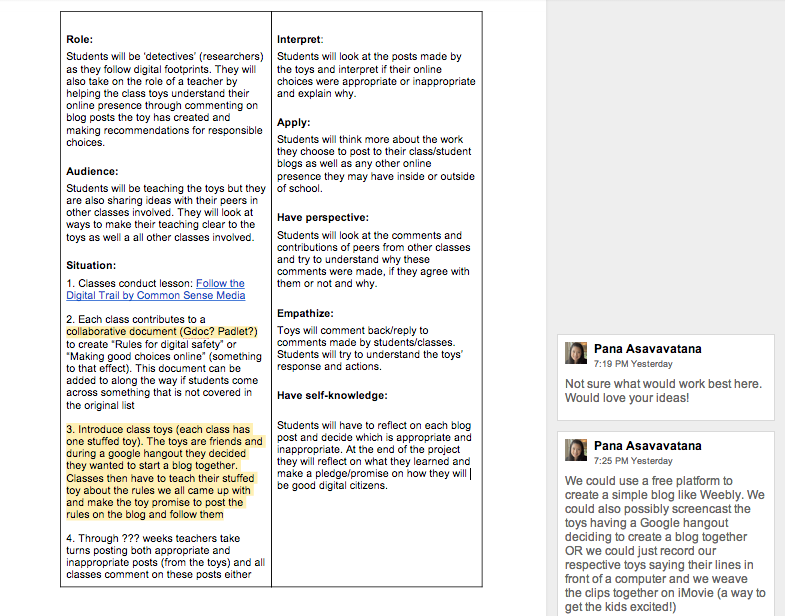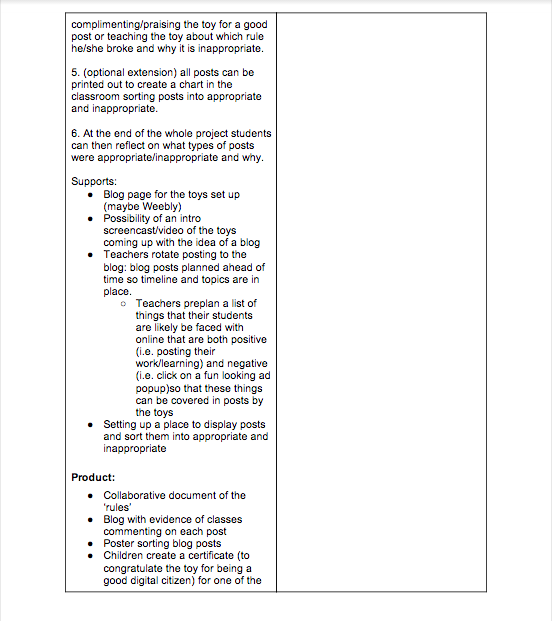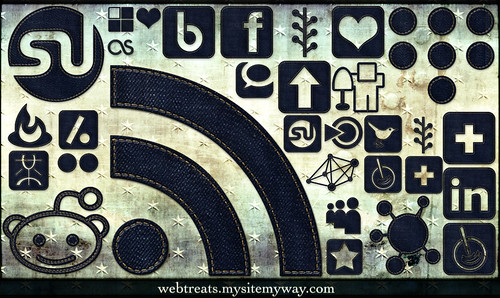Understanding the ‘Big Ideas’
Here we are in course two and as I did with course one, I clicked through all of the units to get an idea of how the work flows and big ideas progress through the entire course. Generally, I try to focus on the “Big Idea” at the beginning of each unit so that I can keep all those big ideas in my head as I work through the second course. Anyone else like to do the same? 🙂
Digital Citizenship Explorations
So now that I knew we were talking about digital citizenship, I asked myself the key question that always gets me thinking:
“How does this apply to Kindergarten/Early Childhood Education?”
I’ve never taught digital citizenship to my students before and I’ve never even thought about teaching it to them. As a teacher who is always looking for ways in integrate technology into the curriculum and blogs with her class, I think that this idea has come at great time for me. It has helped me to reflect on the importance of introducing digital citizenship to my students because they are participating in the digital world both in school and at home. We blog together as a class, the students publish work through various apps and I’m certain that at home they have access to digital online tools as well.
This led me on a search for resources, materials and ideas for helping my students better understand things like their digital footprint and being responsible for it. There are actually quite a lot of resources out there from games to video clips and lesson plans that are appropriate for early childhood. Here are a two places with lots of resources to possibly use.
Digital Citizenshp Resources-Livebinder by VisionsbyVicky
What I liked about this was that there were links to several resources online that were age apprpriate and engaging. There are some sites that are appropriate for parents too and I may recommend some to the parents of my class so that they can also help to educate their children on digital citizenship. It’s undeniable that they’re all already begining their jouney online, even if it’s just through our class blog!
Common Sense Media: Digital Citizen Scope and Sequence
I feel almost embarassed that I’ve never visited this site before, makes me feel like a rather irresponsible teacher! Anyway, I am grateful that I’ve found it now! It’s really organized and very easy to navigate. I’ve already found a lesson that I want to do with my students so they have a better understanding of their digital footprint.
**On a side note: Now that we are discussing proper image/photo/media credit. What if you insert a screenshot such as the one above to illustrate something on a blog post? Am I breaking any laws? I’ve linked it back to the original site.**
Moment of Inspriation
In our very first unit for this course, Jeff talks about thinking about our final project from the get go. Well, I’ve read the readings and now I’ve realized that we need to be making our students aware of their online presence as digital citizens and also begin to make good choices about how they participate in this world, yes, even in kindergarten. What stuck out to me the most were how many schools were using scare tactics to teach responsibility and not promoting the positive side of having a digital footprint. This is where I want to focus attention and my goal through this course is to hopefuly not only develop my students’ awareness of their digital footprints but to also discuss both the positive and negative ways we participate online. Overall, I’d like to develop their sense of responsibility so that they can begin to make good choices as a digital citizen.
I really like this lesson from Common Sense Media, Follow the Digital Trail, because it begins by teaching the lesson offline. I’ve said it many times before and I’ll say it again, early childhood and hands on activities go hand in hand! To see a physical ‘trail’ of cards representing each animal’s digital trail will allow my students to get a better idea of the rather abstract idea of a digital ‘trail’.
I want this knowledge to then be transferred online so my students can experience ways that they, even at 5-6 years old, are leaving digital footprints. So, before I could forget my idea, I decided to type up a draft of my UbD plan for my final project. I’ve contacted Jason Graham (@jasongraham99) and Naketa Ikihele (@NaketaNZ) to help me out for this project and they’ve both agreed! Wohoo! Both Jason and Naketa are a part of Traveling Teddy, and Jason is also my COETAIL coach so I’m hoping that I can pick his brain a little bit through this course! Thank you both in advance for agreeing to help me out! 🙂
What I thought I could do this time since I’ve already started on my UbD planner, is potentially document the development of the project in stages. I’m not going to embed the actual UbD planner just yet because I want to post and reflect on how its evolving. Right now I’ve got comments on the side and once Naketa and I return from spring break, I’m hoping that all three of us can comment on the planner, adjust and edit it collaboratively. So, I’m posting an image of what it looks like currently so you can see where it’s at right now. Later as it’s edited I’ll post again and reflect on how and why it has been changed.




As you can see there are still quite a few rough spots and many things that Jay, Naketa and I need to discuss. Hopefully, through our discussions and collaboration the kinks will be ironed out!
Some of the ideas I had for possible and REAL examples of ways my students or students at this age may be participating in the digital world both in school and at home are:
- Blogging (we have a class blog)
- Watching videos on YouTube
- Participating in Twitter (we are not allowed to use Twitter in our school but I know that Jay and Naketa do, plus some of my students may use it outside of school with parents).
- Facebook (more than once I’ve had a student with their own Facebook account try to add me as a friend, I’ve never accepted)
- Playing online games and visiting websites
I can’t think of any more right now, but I’m sure the list will grow after all three of us talk. Within each of these I hope to have the toys ‘post’ something that demonstrates both postive and negative choices. For instance, under use of YouTube, a positive may be that they only watch videos that their parents have set up and allowed them to watch, whereas a negative may be that an ad popup came up during that time and they clicked on it without telling an adult first.
I’m also wondreing if it may even be useful to send out a survey to the parents before beginning the project, so that we can tailor the blog posts to match the ways students are actually participating online?
Any comments or ideas you have that could improve or push my thinking further would be VERY welcome! After all, that’s why we’re all here together, to help each other learn 🙂




Recent Comments